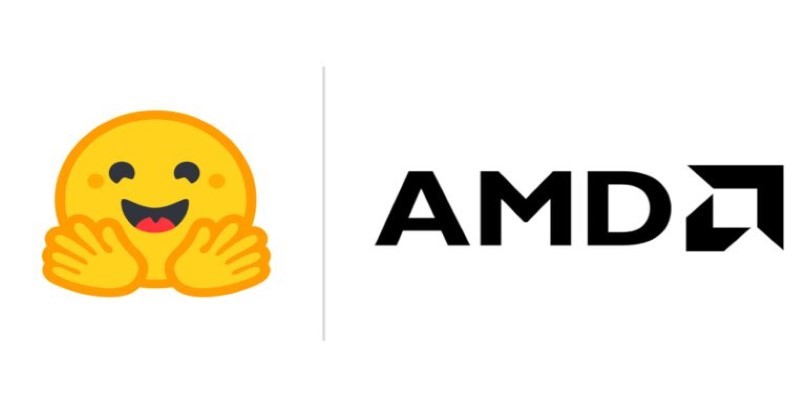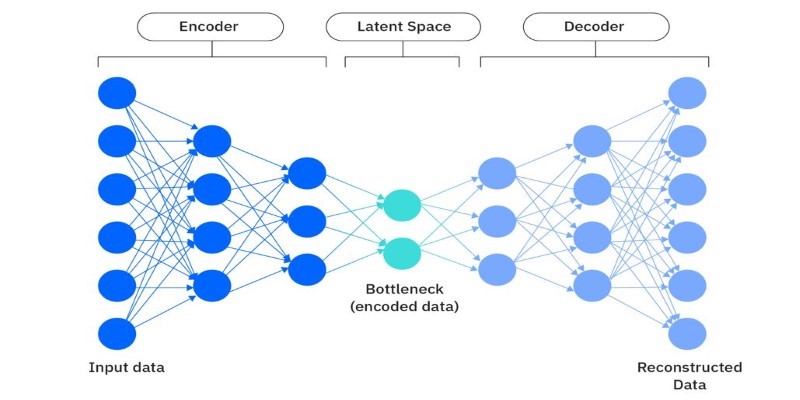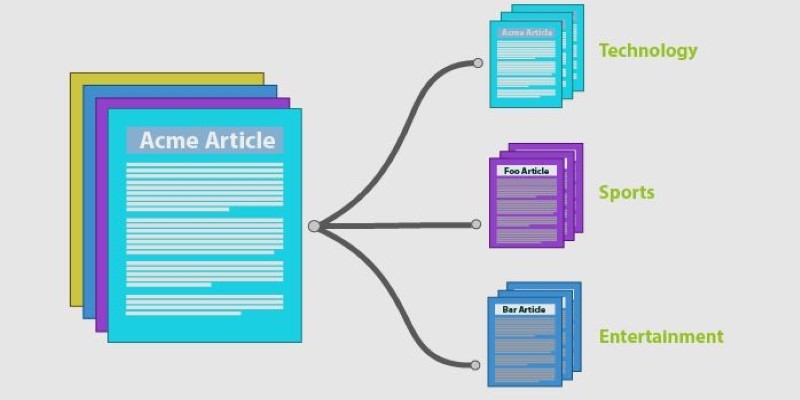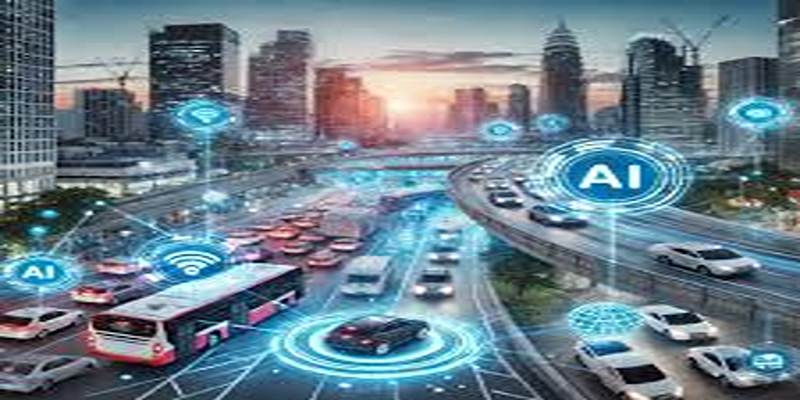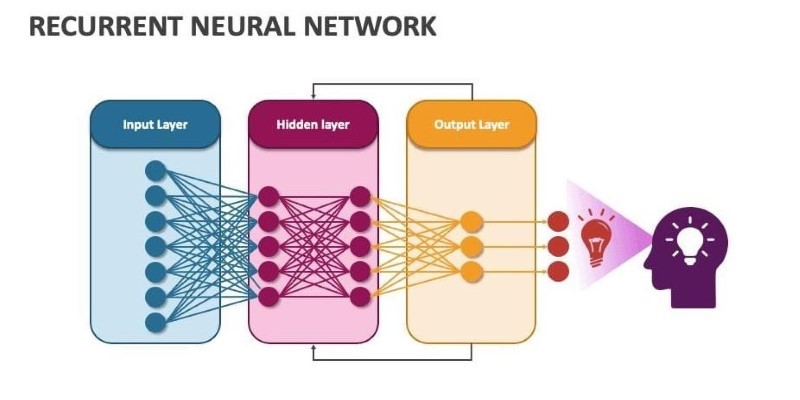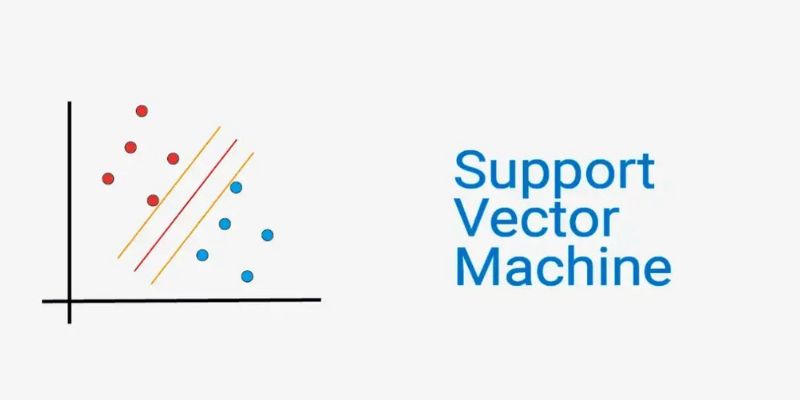Artificial intelligence is expanding rapidly and improving the nature of work in many ways. However, remember that AI also offers some challenges alongside the advantages. So, if you're curious about the role of artificial intelligence in shaping the future of work, let us tell you all.
Most importantly, artificial intelligence automates tasks, which makes them rapid and effective. In that case, it lowers expenses, improves decision-making, and offers employees chances for lifelong learning, work-life balance, and safe working conditions. On the other hand, there are some drawbacks, such as ethical issues, excessive dependence on technology, privacy issues, social and economic problems, and job market constraints. If you want to learn both opportunities and challenges in detail, keep reading!

The Role of AI in Work: The Opportunities
The role of AI in shaping the future of work cannot be neglected. It is already molding the framework and business and will be doing more. Artificial intelligence transforms your tasks by automating them, reducing costs, and through human-AI collaborations. It also improves your work-life balance and creates safer working conditions. Let’s learn it all in detail here:
Automation of Work and Cost Reduction
The most important role of artificial intelligence in shaping the future of work is the automation of tasks. You no longer need to do repetitive tasks daily alone because AI is there to do them for you. Suppose you are wondering how artificial intelligence automates tasks. Let us tell you that artificial intelligence uses natural language processing to process big and complex data sets, making your tasks simple, fast, and automated. And that is why you will also see a big evolution in the job market shortly. The automation of tasks through artificial intelligence not only saves time and energy but also significantly reduces overall cost. As a result, businesses can save a lot of money by reducing the need for manual labor. They can invest that money for better purposes, like expanding their business.
Human-AI Collaboration
Collaboration between humans and artificial intelligence will improve the future of work. Artificial intelligence is not replacing humans but making their work simpler and more efficient. Human-AI collaboration enhances workers' productivity. Moreover, it enhances emotional intelligence and the quality of human work. To get the maximum benefits, businesses should plan training programs in the future to train their employees to understand artificial intelligence better. The training should include technical skills, data analysis, and problem-solving.
Role of AI in Decision Making
The role of AI goes beyond automation processes. It is also involved in innovation and strategic decision-making. Before artificial intelligence, workers had to conclude or predict trends from enormous amounts of data. Doing this was time-consuming, hectic, and critical, with high chances of human error. But now, AI can do all the decision-making tasks for you. It uses deep learning and generative AI, which can spot patterns that the human eye might not be able to do or might take many hours. For example, tasks like customer feedback, identifying trends, customer strategies, and market campaigns. In this way, the results have a much lower chance of error. Hence, they are reliable.
Work-Life Balance and Safe Working Environments
Artificial intelligence offers employees and workers a balanced life and safer working environments. They can schedule and plan their work and life events conveniently because artificial intelligence is there to tackle everything. In this way, people can manage their professional and personal responsibilities together. Also, artificial intelligence can analyze workplaces and prevent possible hazards in industries with safety concerns. It makes the workers feel safe at work and allows them to focus on the important tasks.
Lifelong Learning
As discussed earlier, reskilling and learning are crucial for workers as artificial intelligence brings innovation to industries. If industries want to be successful, they must keep themselves and their workers updated with the latest trends and skills in the market. That’s why lifelong learning will become a key factor and demand of every industry in the future. It will help businesses and individuals grow and make their mark in the market by offering more learning opportunities and upgrading their skills.
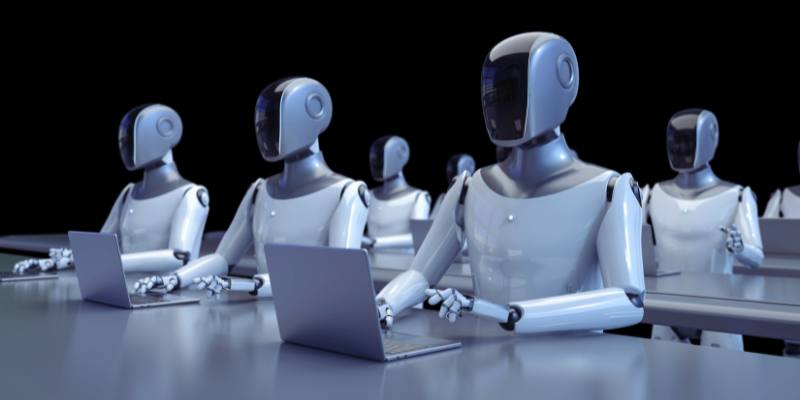
The Role of AI in Work: The Challenges
Alongside the opportunities and benefits of using artificial intelligence at your workplace, there are challenges. Understanding these challenges is important to mitigate the risk and integrate AI into your work more wisely. The challenges include reduced job opportunities, ethical issues, economic and social aspects, and privacy issues:
- Reducing Job Opportunities: Because of AI's various perks, industries and businesses have started over-relying on artificial intelligence to complete their routine tasks. When artificial intelligence does everything, the need for human workers decreases daily, and we will face serious unemployment in the future.
- Over-reliance on AI: Artificial intelligence undoubtedly helps you complete your tasks in the blink of an eye, but overreliance on artificial intelligence is unhealthy. People are now depending too much on AI, which is affecting their creativity and productivity and will not benefit their personal and professional growth.
- Ethical Concerns: If AI systems are not carefully designed, they can result in bias and ethical concerns. As artificial intelligence replaces humans, there are more plagiarism issues in the work, affecting quality and client acceptance.
- Economic and Social Aspects: As artificial intelligence reduces job opportunities, it also affects society's economic and social aspects, making the job market unstable and the public unemployed, as mentioned earlier. Moreover, the overuse of artificial intelligence also classifies society into AI-rich and AI-poor sectors.
- Privacy Issues: When artificial intelligence is used to analyze complex datasets, privacy concerns arise. Your personal and professional data and information might not be safe this way, and you need strict protection policies to protect your sensitive and important data.
Conclusion:
As you live in the world of artificial intelligence, you must be aware that artificial intelligence is shaping the future of work. But the question is how it transforms the destiny of the work industry. The answer relies on the pros and cons of using artificial intelligence in different fields. It is important in automating work, reducing costs, enhancing human-AI collaborations, enhancing decision-making and efficiency, and achieving work-life balance. However, it comes with some economic, social, and ethical concerns, reduced job opportunities, and privacy issues.

